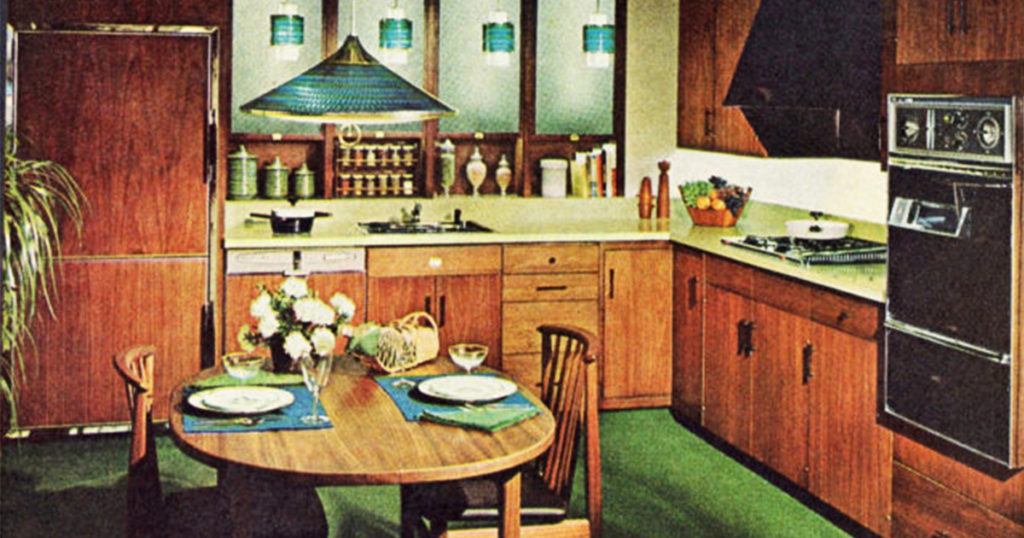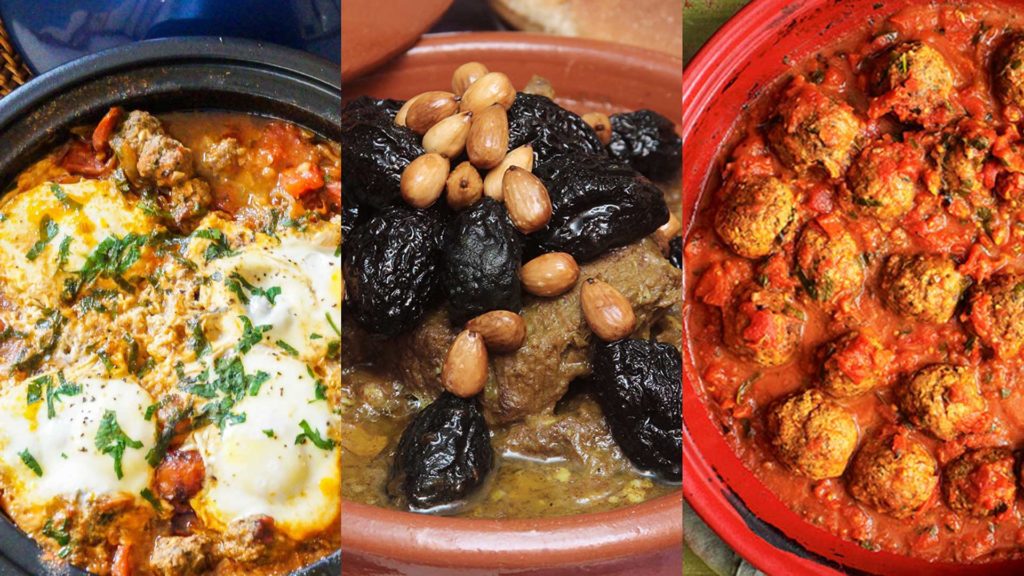Good enough
by Kristin Jackson

Sometimes I stand in my kitchen, mostly untouched since the 1960s, and yearn for a spiffy, renovated one. It would be lovely to have more than four feet of counter space. More functional, nicer-looking cabinets and drawers would be a treat, too.
Each time I drift into kitchen renovation fantasies, I remind myself of the expense and construction chaos it would bring. But what’s really kept me from renovating my kitchen is remembering one of the best meals I’ve ever eaten. It was decades ago in Morocco, and it was cooked on three small charcoal braziers in what was essentially a dirt-floored, screened porch.
When I think of that glorious meal, created in such basic conditions, my kitchen seems perfectly adequate. Besides, even the best kitchen won’t make me a better cook.
That memorable meal came when I was teenager traveling with my family across North Africa in the early 1970s. In our VW camper van, we explored the cities and Roman ruins, the deserts and coasts, of Tunisia, Algeria and Morocco. After weeks on the road, we ended up in southern Morocco, guests of a local family on the outskirts of a quiet fishing town. Lemon trees scented the warm air; Atlantic waves pounded the sandy beach.

The extended family took turns hosting us for dinners in their thick-walled, whitewashed homes. We’d sit on cushions on the floor around a big round table layered with plastic tablecloths. Food was served on communal platters, with each diner picking out morsels by hand. No individual plates or cutlery were used. As we finished each course the tablecloth, with its inevitable food spills, would be bundled up and taken away. The fresh tablecloth underneath would be revealed, ready and waiting for our next course.
We learned to pace our eating by counting the number of tablecloths. On our last night, the hosts pulled out all the stops for a farewell dinner. I counted seven plastic tablecloths layered on the table, by far the most of our week of dinners.
I can’t remember all the dishes we were served, but I can still taste the delicious cumin-flavored vegetable couscous. We rolled the couscous into little balls with our hands and popped them into our mouths. Pigeon pie was a delectable sheaf of cinnamon-tinged meat in filo-like pastry. The food kept coming until we were down to the last tablecloth and cups of mint tea, brewed in a silver pot with hand-sized chunks of sugar.
We wanted to meet the women who cooked this feast; in the tradition of their conservative family, they hadn’t eaten with us. The females of my family were ushered into their kitchen. Charcoal braziers still smoldered in the smoke-darkened room. Plastic tubs were piled high with cooking pans. Toddlers skittered under foot, giggling. Somehow the four women, sisters and sisters-in-law, had turned out the elaborate, seven-tablecloth meal from this most rudimentary of kitchens. We gave them our thanks in our rudimentary French, the only language we shared.
The memory of that meal, produced in such basic conditions, reins in my kitchen remodeling urge. But age, which brings acceptance, plays a part, too. I’ve lived with my kitchen for 30 years. What’s another decade or two? Before me a family of five lived in my house; Alberta, the matriarch who sold the house to me when she was in her 80s, had managed just fine with the kitchen.
“It’s good enough” has now become my mantra when I consider all the improvements that could be done in my 1920s North Seattle bungalow. A few years ago, gripped by the self-improvement bug, I even got architectural plans and a building permit for adding a bathroom and laundry room upstairs. It turned out it would cost twice what I paid for the house and bring many months of upheaval. I abandoned the project. Let the next people who live here do it. Heck, I’ll even give them the blueprints.
For me, this old house is good enough. But if only I could cook like those Moroccan women….
Kristin Jackson is a Seattle writer and the former travel editor of The Seattle Times.
